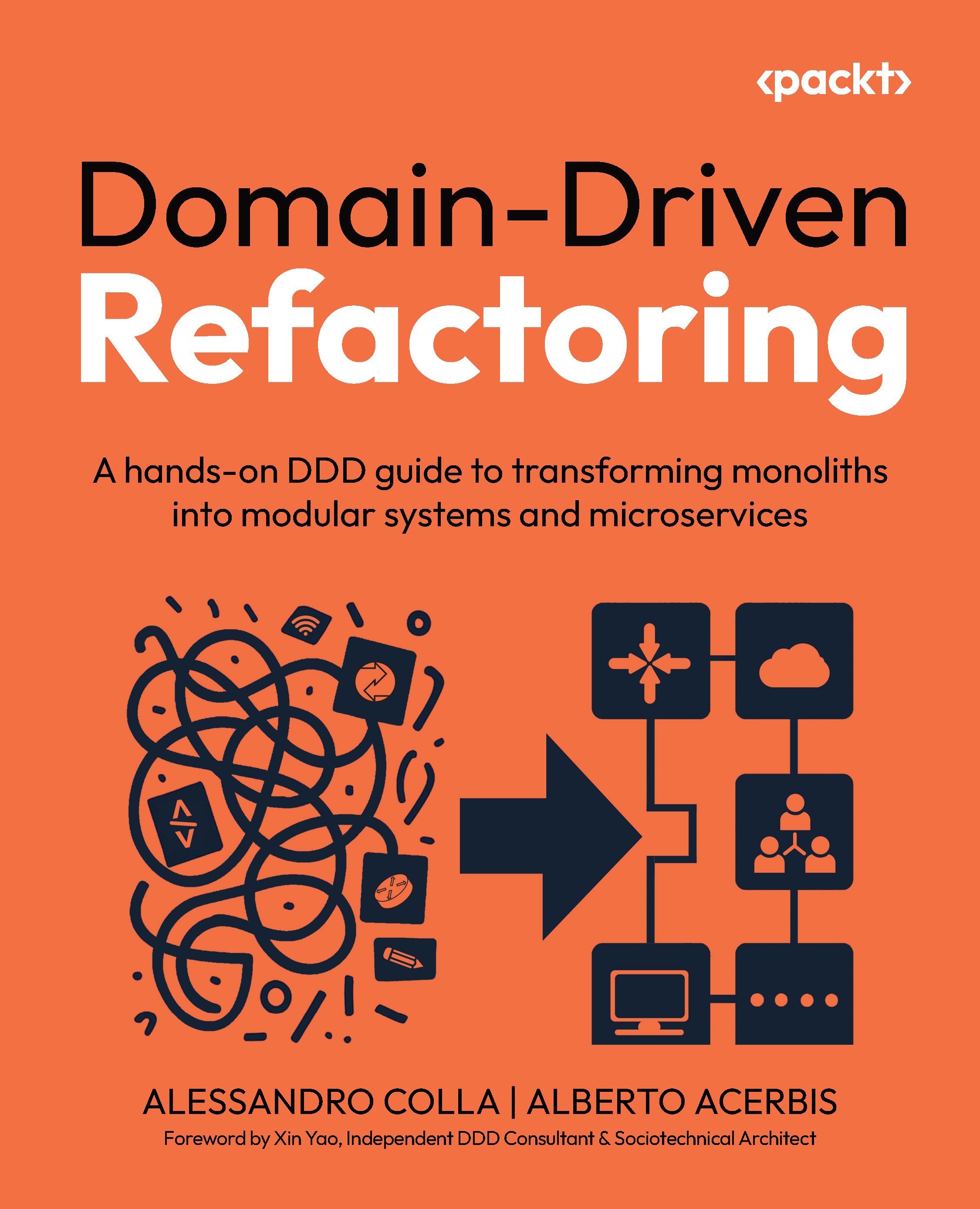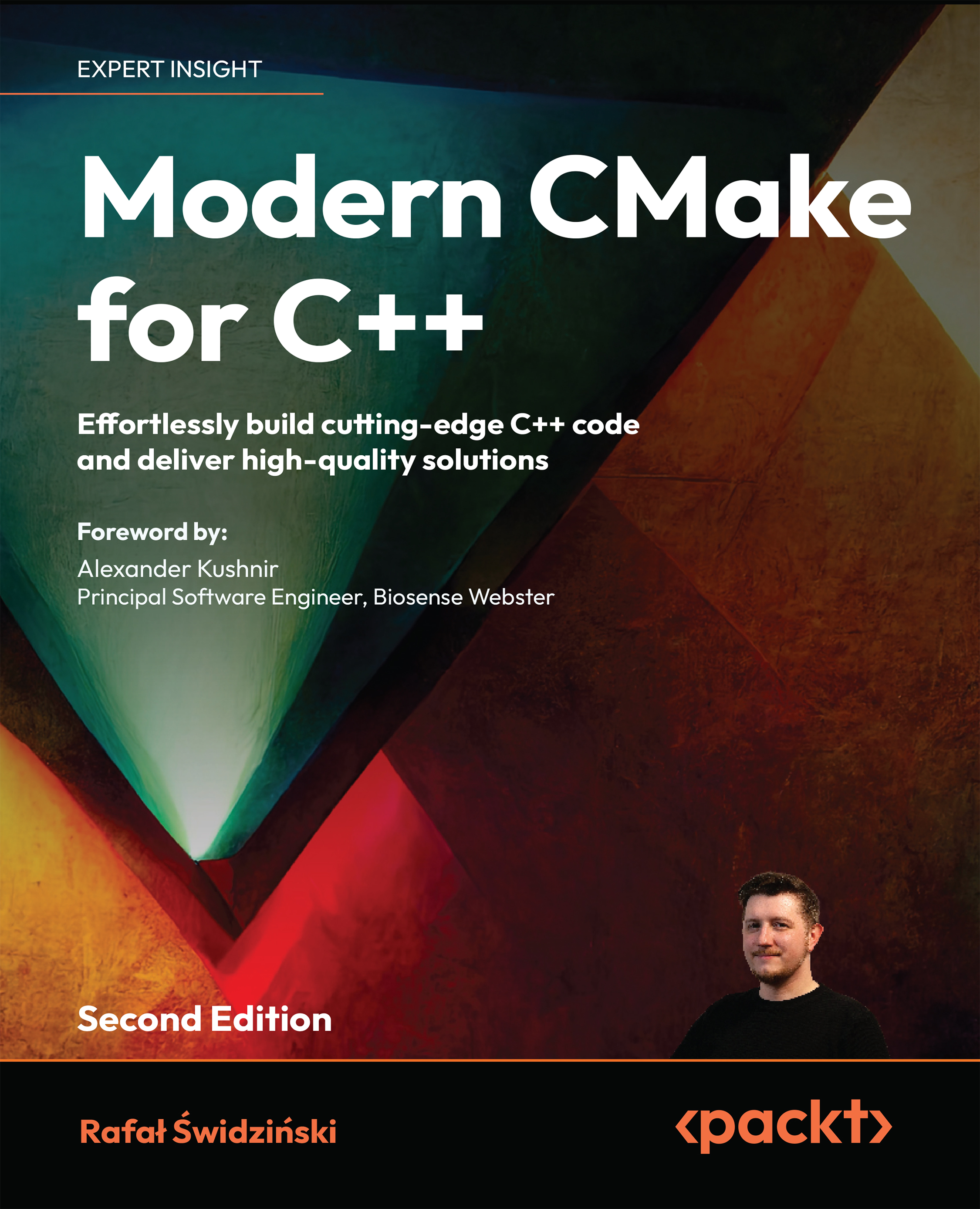-
Design and deploy scalable microservices using gRPC, Protocol Buffers and Kubernetes
-
Discover industry best practices and gain insights into Go microservice development tools, patterns, and solutions
-
Work with hands-on Golang microservice examples in each chapter
-
Purchase of the print or Kindle book includes a free PDF eBook
Microservices with Go, Second Edition explains the key benefits and common issues faced by developers when working with microservices, helping you understand the problems microservice architecture solves, the issues it introduces, and how to tackle them.
The author distils his 18+ years of experience in building scalable and reliable infrastructure to help you grasp the importance of using the right principles and standards to achieve all that microservice architecture has to offer. You'll see why Go is a popular choice for microservice development, as well as navigate its foundational aspects, including service scaffolding, discovery, data serialization, communication, deployment, and testing. After covering development, you'll move to maintenance and reliability. This second edition is fully updated with newly added topics, including security and compliance, distributed system challenges, and performance monitoring. The final section focuses on advanced concepts, such as system reliability, observability, maintainability, and scalability. Through best practices and practical examples, you'll learn how to apply key ideas to existing applications using previously scaffolded services.
By the end of this book, you'll have gained hands-on experience in developing scalable, reliable, and high-performance microservices with Go.
This book is for all types of developers, from individuals interested in learning how to write microservices in Go to seasoned professionals who want to master the art of writing scalable and reliable microservice-based systems. A basic understanding of Go will come in handy.
-
Leverage event-driven architecture and messaging patterns for efficient microservice communication
-
Automate testing, CI/CD pipelines, and deployment strategies for Go microservices
-
Establish secure communication between microservices
-
Optimize microservice performance by monitoring, profiling, and debugging techniques
-
Get hands-on experience in cloud-native observability and deployment tools
-
Explore solutions to advanced distributed system scenarios, such as leader election
 United States
United States
 Great Britain
Great Britain
 India
India
 Germany
Germany
 France
France
 Canada
Canada
 Russia
Russia
 Spain
Spain
 Brazil
Brazil
 Australia
Australia
 Singapore
Singapore
 Canary Islands
Canary Islands
 Hungary
Hungary
 Ukraine
Ukraine
 Luxembourg
Luxembourg
 Estonia
Estonia
 Lithuania
Lithuania
 South Korea
South Korea
 Turkey
Turkey
 Switzerland
Switzerland
 Colombia
Colombia
 Taiwan
Taiwan
 Chile
Chile
 Norway
Norway
 Ecuador
Ecuador
 Indonesia
Indonesia
 New Zealand
New Zealand
 Cyprus
Cyprus
 Denmark
Denmark
 Finland
Finland
 Poland
Poland
 Malta
Malta
 Czechia
Czechia
 Austria
Austria
 Sweden
Sweden
 Italy
Italy
 Egypt
Egypt
 Belgium
Belgium
 Portugal
Portugal
 Slovenia
Slovenia
 Ireland
Ireland
 Romania
Romania
 Greece
Greece
 Argentina
Argentina
 Netherlands
Netherlands
 Bulgaria
Bulgaria
 Latvia
Latvia
 South Africa
South Africa
 Malaysia
Malaysia
 Japan
Japan
 Slovakia
Slovakia
 Philippines
Philippines
 Mexico
Mexico
 Thailand
Thailand










